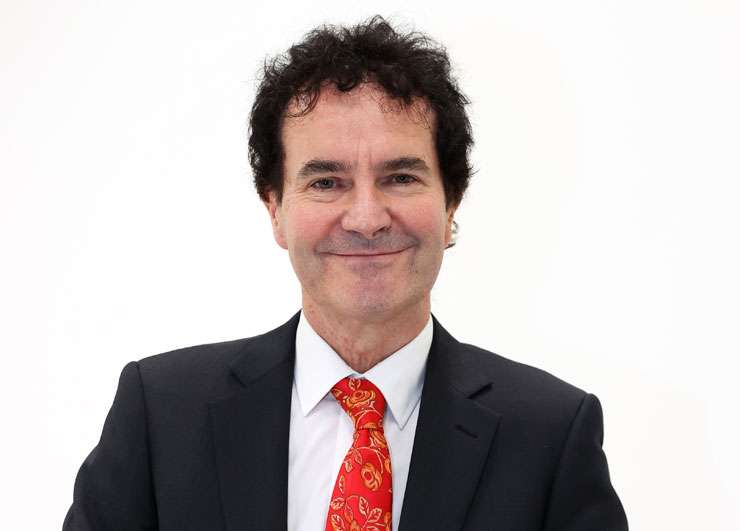The Reserve Bank Assistant Governor this week released notes from a speech he was set to deliver at a cancelled conference. Most of the content was backward looking, but the upshot is that the Reserve Bank is suggesting it will take a slow and gradual approach to tightening monetary policy.
Their approach this past year and a half has been one of “least regrets”, whereby they feel it has been better to risk over-stimulating the economy than to risk suppressing growth during a global pandemic. They intend taking the same approach going forward.
For borrowers this is both good and bad news. The good news is that the chances of the Reserve Bank raising interest rates 0.5% at one of its upcoming meetings is quite low. This has caused a small decline in wholesale borrowing costs facing banks this week and this takes a little bit of pressure off the speed with which bank fixed mortgage rates will go up.
The bad news is that we have been in this situation before whereby the Reserve Bank tightens monetary policy only gradually, trying to avoid going too far and causing a substantial slowing in the economy. From 2004 – 2007 the Reserve Bank raised its official cash rate by 3.25%, producing a peak of 8.25%.
Start your property search
The peak would have been lower had they raised interest rates more aggressively to start with, and a few years after taking actions which pushed the one-year fixed mortgage rate to almost 10% they admitted they were too slow in their tightening.
The cost of tiptoeing lightly into the tightening cycle is likely to be interest rates going higher than would otherwise be the case. But in the short-term the slightly slower pace of rate rises than would otherwise have been the case means that the degree of restraint on house price growth to come from rising borrowing costs will be initially mild.
Property owners might think that is a good thing, as it implies even more growth in housing wealth. But the Reserve Bank sets the official cash rate with the aim of influencing the pace of growth in the economy and the overall rate of inflation in the economy. When it comes to house prices, the stability of home lending, and trying to help the government achieve its vague goal of more sustainable house prices, other weapons are of relevance.
The main weapon for influencing housing market activity (actually housing debt growth) has been changes in the LVR regulations. Recently the Reserve Bank announced from October 1 (subject to consultation) banks would have their ability to lend at less than 20% deposit from the buyer, reduced.

Tony Alexander: “The need for the Reserve Bank to use extra tools to suppress house price growth has increased.” Photo / Fiona Goodall
The minimum deposit for investors is 40%. Do not discount a rise in this minimum if house prices keep rising and some of the trends evident in my various surveys reassert themselves. What is more likely is that the Reserve Bank will soon impose debt to income limits – DTIs. In anticipation of this happening at least two banks are already applying maximum DTIs for some borrowers.
The need for the Reserve Bank to use extra tools to suppress house price growth has increased over the past three months because of the acceleration in monthly house price increases. Now, the need has been lifted again by the likelihood that they will raise interest rates only slowly. Perversely, the uncertainty surrounding Chinese property development company Evergrande has downward implications for world growth, which will also make the pace of rate rises here initially slow. Bur this could actually add extra strength to buyer demand here in NZ in the short-term.
Investors in particular might want to take the coming use of new tools by the Reserve Bank into account when they contemplate their “safe” debt levels, and their expansion plans.
- Tony Alexander is an economics commentator and former chief economist for BNZ. Additional commentary from him can be found at www.tonyalexander.nz
















































































